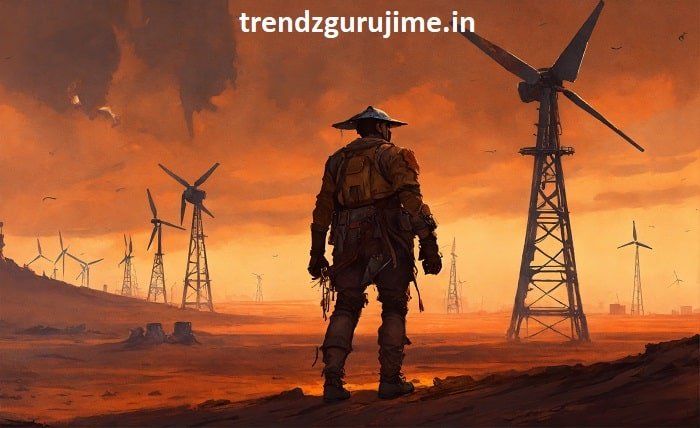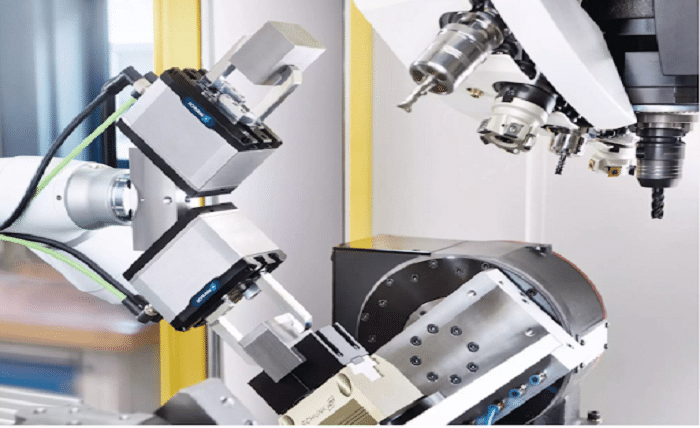The windmill in literature often serves as a potent symbol, embodying a range of themes from technological advancements to socio-political ideologies. In George Orwell’s “Animal Farm,” the windmill is a central symbol with multifaceted meanings that can be interpreted through the lenses of Marxism, technological progress, revolution, and capitalism. This comprehensive analysis delves into these interpretations, offering a deep understanding of what the windmill symbolizes in the story.
The Windmill Symbolism
The windmill in “Animal Farm” is more than just a structure; it represents various ideological conflicts and ambitions. Understanding what the windmill symbolizes in the story requires a look at the broader context of Orwell’s work, particularly his critique of political ideologies and their real-world implications.
The Windmill and Marxism
Marxism, as an ideology, emphasizes the struggles between different classes and the eventual overthrow of capitalist societies. In the context of “Animal Farm,” the windmill symbolizes the promise of a utopian future, a core element of Marxist theory. The animals’ collective effort to build the windmill can be seen as a metaphor for the proletarian struggle against capitalist oppression.
Technological Progress and the Windmill
Technological advancement is another layer of what the windmill symbolizes in the story. The construction of the windmill represents progress and the potential for improved living standards through innovation. However, it also highlights the challenges and sacrifices required to achieve such progress, reflecting the broader theme of the human cost of technological advancement.
The Windmill as a Revolutionary Symbol
In “Animal Farm,” the windmill also symbolizes the revolutionary zeal that drives the animals to rebel against their human oppressors. The windmill’s construction is a tangible goal that embodies the revolutionary spirit and the desire to create a better society. However, the repeated destruction and rebuilding of the windmill also reflect the cyclical nature of revolutions and the often unfulfilled promises of revolutionary leaders.
Capitalism and the Windmill
The windmill’s role in the story can also be interpreted through the lens of capitalism. The initial promise of the windmill is akin to the capitalist dream of prosperity and efficiency. However, the manipulation and exploitation by the pigs reveal the darker side of capitalism, where the elite benefit at the expense of the working class. The windmill thus symbolizes both the potential and the pitfalls of capitalist systems.
The Windmill and Animal Exploitation
The relentless labor required to build the windmill underscores the exploitation of the animals, mirroring the exploitation of workers in both capitalist and communist societies. This aspect of what the windmill symbolizes in the story highlights Orwell’s critique of how both systems can lead to the oppression of the masses.
The Windmill and False Promises
The repeated failures in constructing the windmill symbolize the false promises made by those in power. The windmill becomes a tool for manipulating the masses, offering hope and motivation while ultimately serving the interests of the ruling elite. This theme is central to understanding what the windmill symbolizes in the story.
The Windmill and Leadership
The windmill also represents the leadership dynamics within the animal society. Napoleon’s appropriation of the windmill project reflects his consolidation of power and manipulation of the other animals. The windmill thus symbolizes the use of grand projects by leaders to distract and control their populace.
The Windmill and Economic Ambition
Economic ambition is another aspect of what the windmill symbolizes in the story. The windmill is envisioned as a means to generate wealth and improve productivity, reflecting the animals’ aspirations for economic independence and prosperity. However, the ultimate control and profit remain in the hands of the pigs, paralleling real-world economic disparities.
The Windmill and Social Change
Finally, the windmill symbolizes the broader theme of social change. Its construction represents the animals’ desire to transform their society and achieve collective goals. However, the challenges and setbacks they face reflect the complexities and obstacles inherent in any attempt to bring about significant social change.
Conclusion
In conclusion, the windmill in “Animal Farm” is a powerful symbol that embodies a range of themes including Marxism, technological progress, revolution, and capitalism. Understanding what the windmill symbolizes in the story requires a nuanced analysis of these intersecting themes. Orwell’s use of the windmill highlights the complexities and contradictions of these ideologies, offering a profound critique of the socio-political landscape of his time.
FAQ
1. What does the windmill symbolize in the story?
The windmill symbolizes a range of themes including Marxism, technological progress, revolution, and capitalism, reflecting the complex socio-political dynamics in “Animal Farm.”
2. How does the windmill represent Marxism?
The windmill represents the promise of a utopian future and the collective effort of the animals, mirroring the Marxist ideology of proletarian struggle against capitalist oppression.
3. What is the significance of the windmill in terms of technological progress?
The windmill symbolizes technological advancement and the potential for improved living standards, while also highlighting the human cost of such progress.
4. How does the windmill relate to the theme of revolution?
The windmill represents the revolutionary spirit and the desire for a better society, while its repeated destruction and rebuilding reflect the cyclical nature of revolutions.
5. In what way does the windmill symbolize capitalism?
The windmill symbolizes the capitalist dream of prosperity and efficiency, but also the exploitation and manipulation by the elite, revealing the darker side of capitalist systems.





